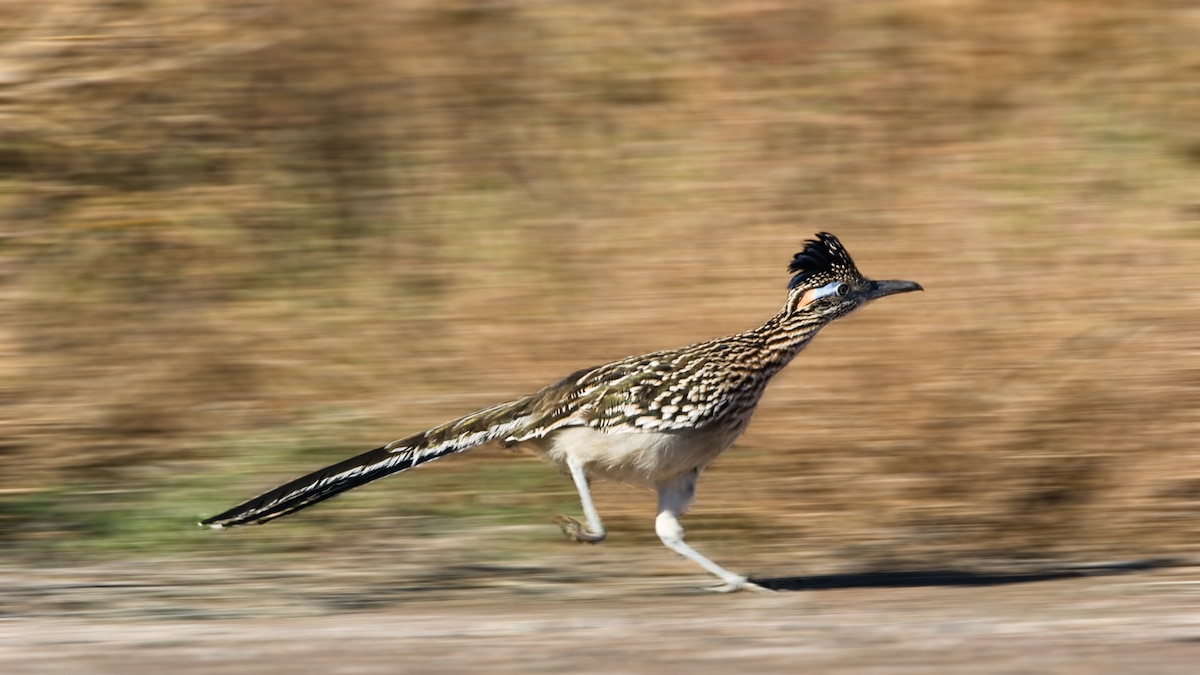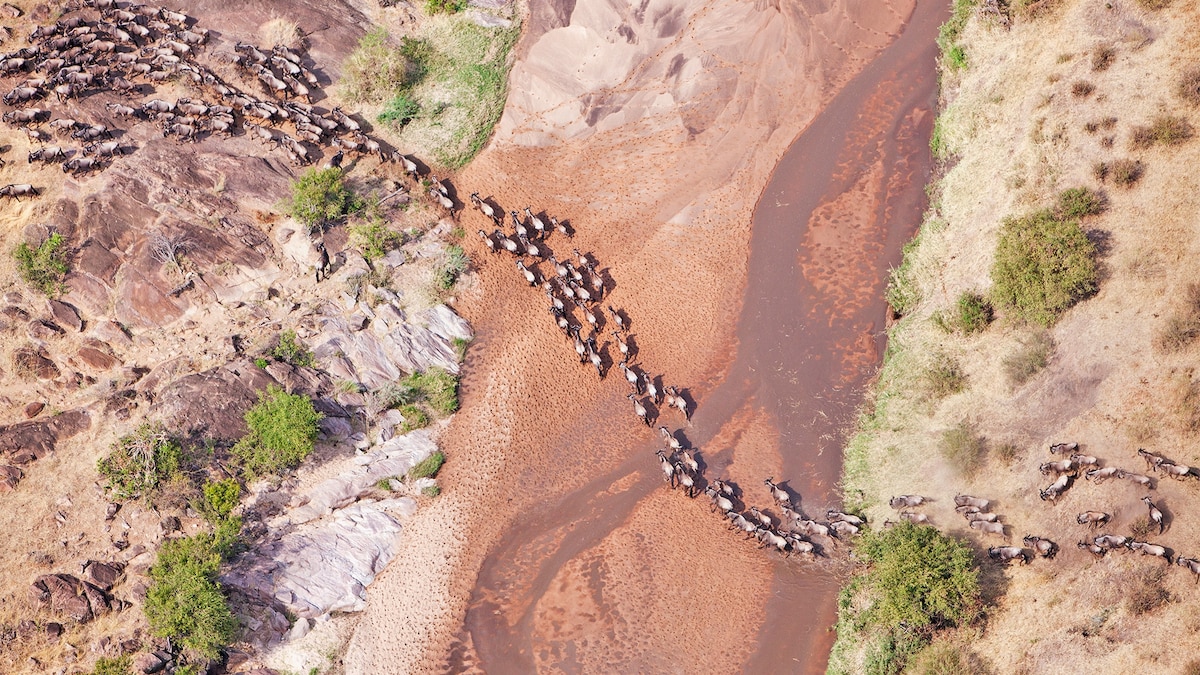Now Reading: Roadrunners Spotted in Neighborhoods: A Rising Trend
-
01
Roadrunners Spotted in Neighborhoods: A Rising Trend
Roadrunners Spotted in Neighborhoods: A Rising Trend

Rapid Summary:
- Roadrunners, native to the American Southwest and northern Mexico, are expanding their range to new areas due to climate change.
- Mary Taylor young, a biologist in Colorado, has observed more frequent roadrunner sightings near her property at higher altitudes over the past decade.
- Bird experts from kansas and Missouri have noted increased observations of roadrunners in their states, further north than their historically known habitats.
- Advances in technology like smartphones may contribute to more sighting reports but experts suggest climate change as a driving factor for this range expansion.
- The National Audubon Society predicts the greater roadrunner’s range will grow by 27% with 3°C warming by 2070. Already, they’ve been spotted as far east as Arkansas and Louisiana.
- In hotter regions such as New Mexico, roadrunners appear to benefit from increasing arid conditions-a trait attributed to their biological adaptations conserving water efficiently.
- Climate change imposes contrasting impacts on wildlife; species like broad-tailed hummingbirds are becoming less frequent, while adaptable species like black-chinned hummingbirds may thrive alongside expanding roadrunners.
indian Opinion Analysis:
The observed expansion of greater roadrunners beyond customary desert environments signals how climate-induced changes reshape biodiversity on both regional and national scales. India can draw parallels from this case study were shifts in animal behavior or habitat distribution could similarly emerge amidst rising temperatures. This offers a cautionary message about the importance of monitoring vulnerable species within India’s own diverse ecosystems ranging from Himalayan mountains to deserts.Importantly, the adaptive traits that allow some wildlife species-like the greater roadrunner-to flourish under harsher conditions highlight nature’s resilience but also underscore certain trade-offs. Losses among less-adaptable bird populations offer stark reminders of biodiversity risks linked with unchecked global warming trends worldwide. Balance between celebrating such adaptability while safeguarding endangered native ecosystems remains critical for informed conservation efforts everywhere.

























